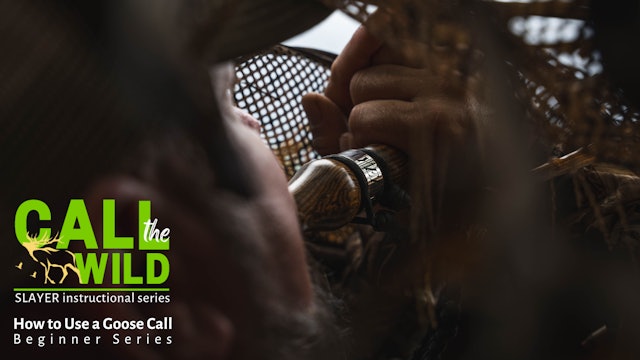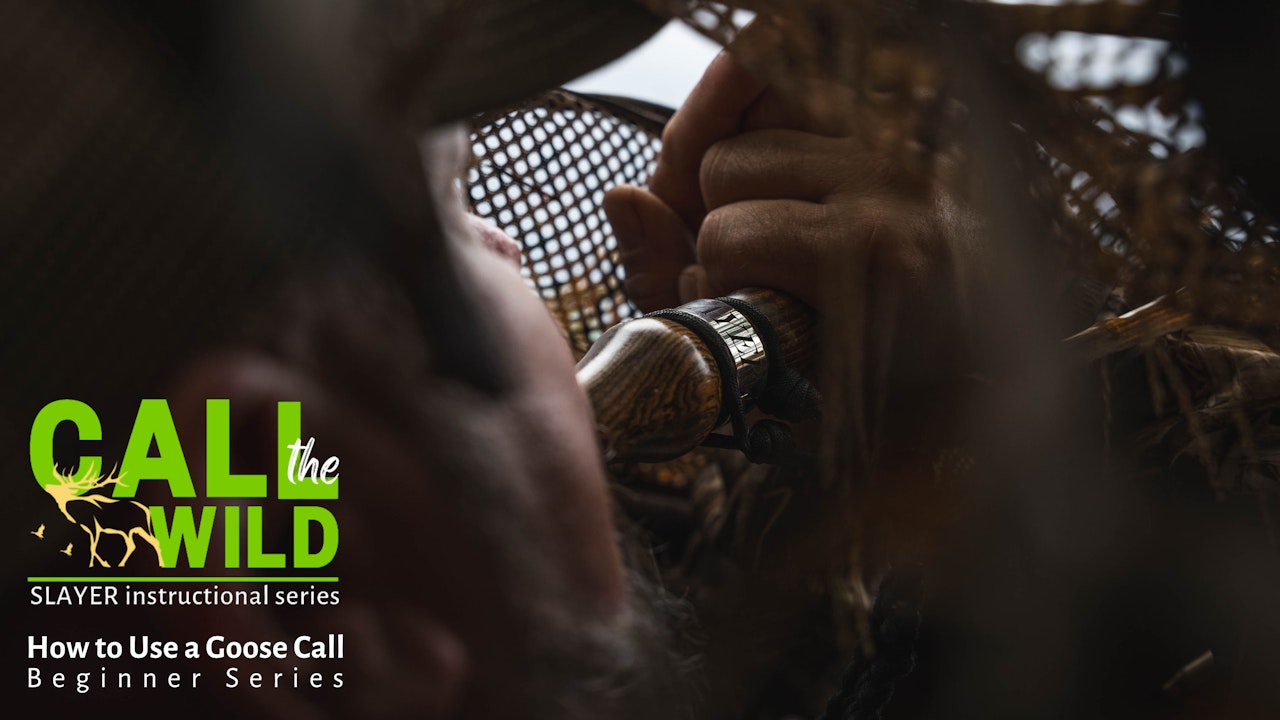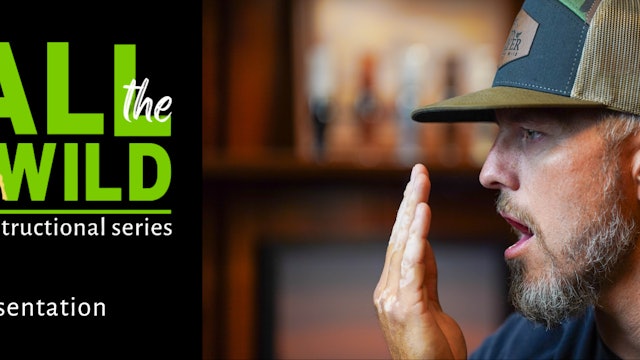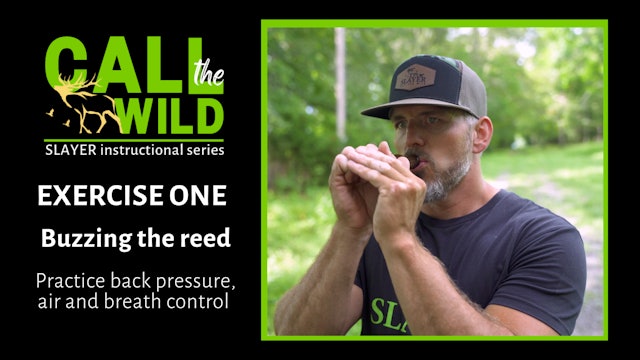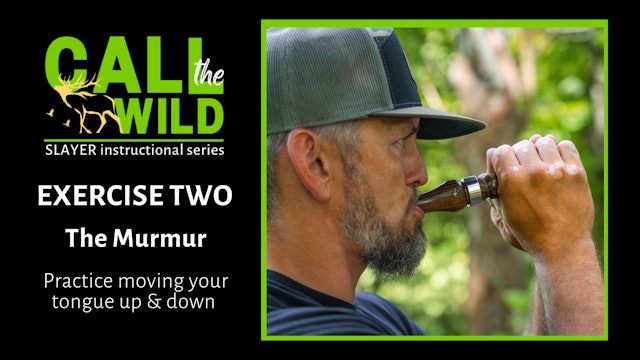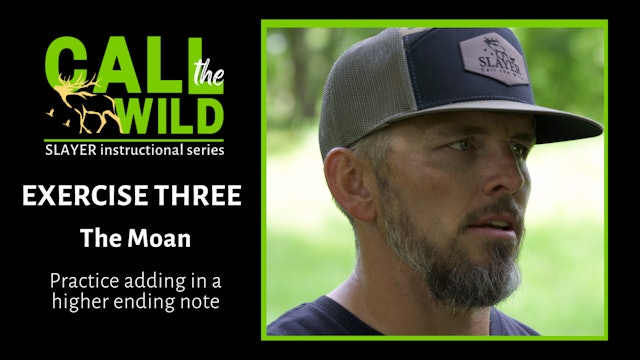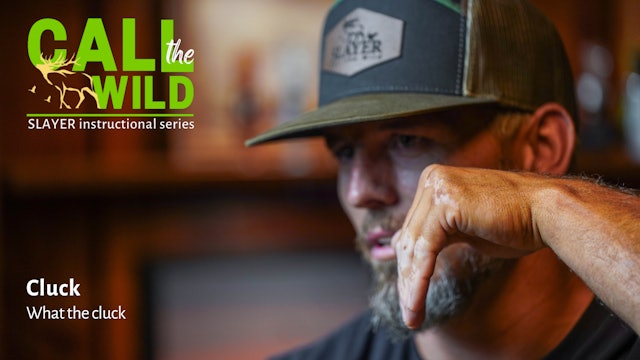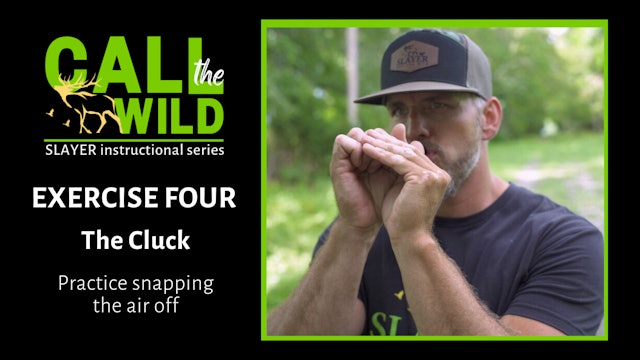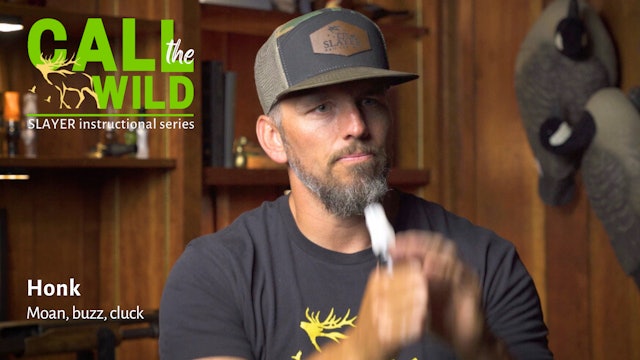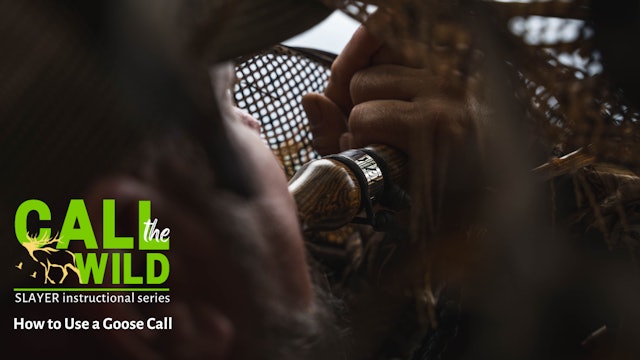Goose Calling 101: Beginner Series
18 Episodes
In this course on "how to use a goose call," you'll start with the basics, learning the mechanics of a goose call and how to hold it the right way. From there, you learn the ins and outs of air presentation, the importance of tongue placement, and spend time mastering the most common sounds of a goose. Each of the 13 lessons has been meticulously set up to help you develop great calling form and good calling habits — a foundation critical for mastering more advanced calling as you progress through the series.
-
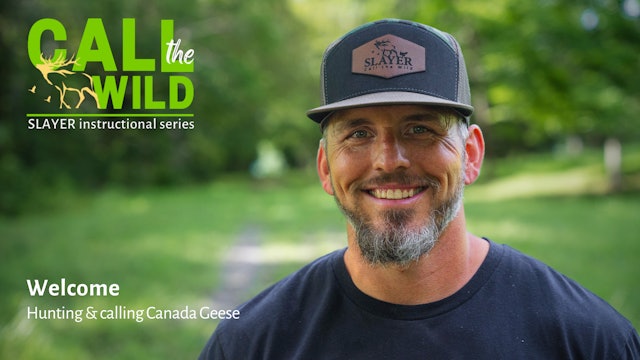 03:16Episode 1
03:16Episode 1Introduction
Episode 1
Meet your instructor, experienced waterfowler Tommy Sessions. He's been hunting ducks and geese in Idaho since he was a kid. Today, he judges and competes in calling competitions and loves teaching others the lessons he’s learned.
-
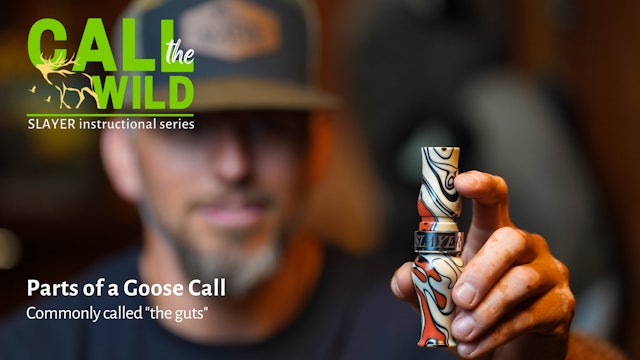 01:25Episode 2
01:25Episode 2Parts of a Call
Episode 2
Let's talk about the pieces and parts of a goose call, using the Axe Honker Slayer from Slayer Calls.
-
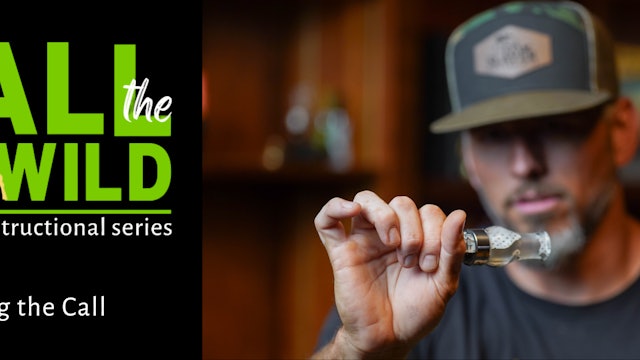 02:53Episode 3
02:53Episode 3Holding the Call
Episode 3
Learn how to hold your call the right way, to get the most success. A proper hold allows the caller to create more or less back pressure to increase or decrease volume and sound.
-
Air Presentation and Where the Air Comes From
Episode 4
It’s time to practice, practice, practice. If you want to achieve truly realistic moans and deep, nasty goose sounds, you need to know where your air is coming from. So grab a pair of sunglasses, grab a mirror and let’s work on bringing out your best belly breaths.
-
 01:32Episode 5
01:32Episode 5Tongue Placement
Episode 5
This lesson is really about speed. When your tongue is anchored correctly (behind the teeth), you get more double clucks out of it. Work your way into more of a competition-style calling routine, just by anchoring your tongue in the right spot.
-
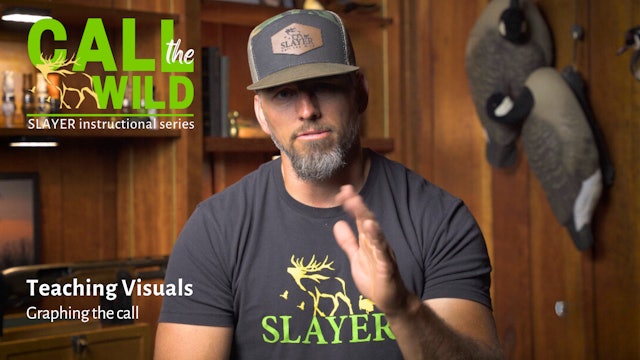 00:49Episode 4
00:49Episode 4Teaching Visuals
Episode 4
Check out this graph for a helpful visual cue that may make your calling more successful.
-
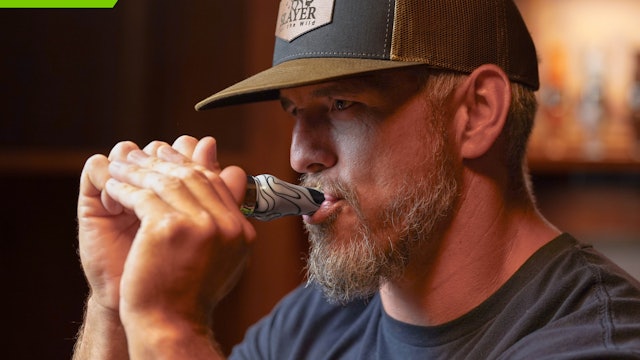 00:58Episode 7
00:58Episode 7Buzz the Reed with Proper Air
Episode 7
In making this buzzing sound, you're going to use a little bit of air and a little bit of vocal tone. This is the foundation of all the notes in goose calling, so don't move on until you have this.
-
Exercise | Buzzing the reed
-
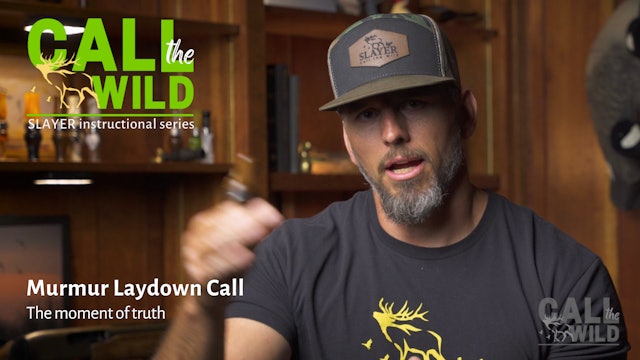 01:54Episode 8
01:54Episode 8Murmur Laydown Call
Episode 8
Learn how to replicate the most common sound you'll hear out of a goose. Live geese are doing this all the time, so it’s an important one to get right.
-
Exercise | The Murmur
-
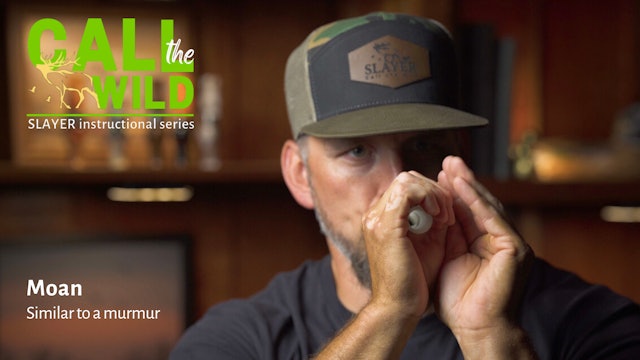 01:38Episode 9
01:38Episode 9The Moan Call
Episode 9
Next up is the moan. This is almost a two-part call, but it's joined and drawn out.
-
Exercise | The Moan
-
Exercise | The Cluck
-
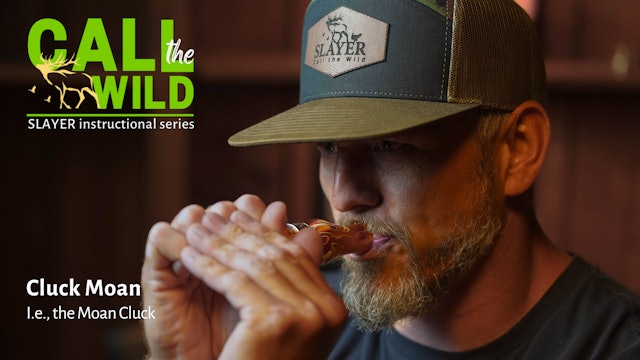 01:22Episode 12
01:22Episode 12Cluck Moan
Episode 12
Learn a call you can combine in either sequence — the cluck moan or the moan cluck.
-
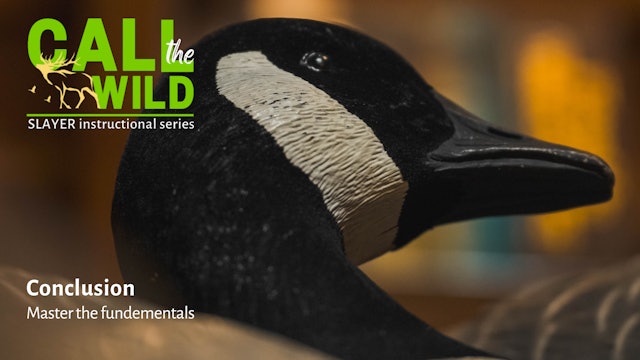 00:51Episode 14
00:51Episode 14Conclusion
Episode 14
At this point, you’ve developed a good calling foundation. If you haven’t yet mastered any of these beginner calls, you’ll want to go back to the exercises and get them dialed in. Next up, we’ll be moving on to the intermediate series where we're going to cover spit notes, moans, double clucks an...
-
Learn How to Use a Goose Call

